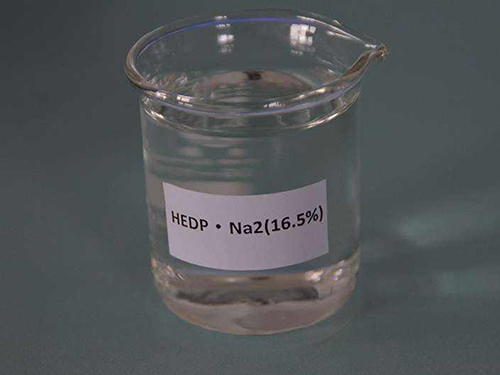polyaspartic acid
Polyaspartic Acid An Emerging Biopolymer with Versatile Applications
Polyaspartic acid is a synthetic polymer derived from the amino acid aspartic acid. As a member of the polyamino acid family, polyaspartic acid has gained attention for its unique properties and diverse applications across various industries, including agriculture, cosmetics, biomedical fields, and materials science.
One of the most notable characteristics of polyaspartic acid is its biocompatibility. Being a biopolymer, it is generally non-toxic and environmentally friendly, which makes it an ideal candidate for use in biomedical applications. Researchers are exploring its use in drug delivery systems, tissue engineering, and wound healing, owing to its ability to form hydrogels. These hydrogels can maintain a moist environment, promote cell adhesion, and release therapeutic agents in a controlled manner.
In agriculture, polyaspartic acid serves as an effective soil conditioner and fertilizer enhancer. It enhances nutrient absorption and retention, leading to improved plant growth and yield. Its chelating properties allow it to bind with essential nutrients, preventing their leaching and making them more accessible to plants. This not only optimizes fertilizer use but also diminishes the environmental impact of agricultural practices.
polyaspartic acid

The cosmetic industry is also tapping into the potential of polyaspartic acid. Due to its hydrophilic nature, it can be utilized in moisturizing products, helping to maintain skin hydration. Moreover, it acts as a film-forming agent and stabilizer in various formulations, enhancing the texture and effectiveness of cosmetics. Its mildness makes it suitable for sensitive skin applications, further expanding its appeal in personal care products.
Furthermore, polyaspartic acid shows promise in the field of materials science. Its ability to form strong, flexible films and coatings positions it as a potential alternative to traditional synthetic polymers. Researchers are investigating its use in coatings for concrete and other materials, providing protection against environmental factors while maintaining sustainability.
In summary, polyaspartic acid is a versatile biopolymer with remarkable potential across multiple fields. Its biocompatibility, environmental friendliness, and unique properties make it a subject of ongoing research and development. As industries seek sustainable alternatives to conventional materials, polyaspartic acid is poised to play a significant role in advancing technology while promoting ecological balance. With continued innovation and exploration, polyaspartic acid may become a cornerstone in the development of next-generation products and solutions.
-
The Power of Isothiazolinones in Modern ApplicationsNewsMay.08,2025
-
Flocculants in Water TreatmentNewsMay.08,2025
-
Flocculants and Chemical Solutions: What You Need to KnowNewsMay.08,2025
-
Flocculants and Chemical Solutions: A Growing IndustryNewsMay.08,2025
-
Essential Chemicals: Polymaleic Anhydride and MoreNewsMay.08,2025
-
Acrylic Polymers: Essential Solutions for IndustryNewsMay.08,2025





